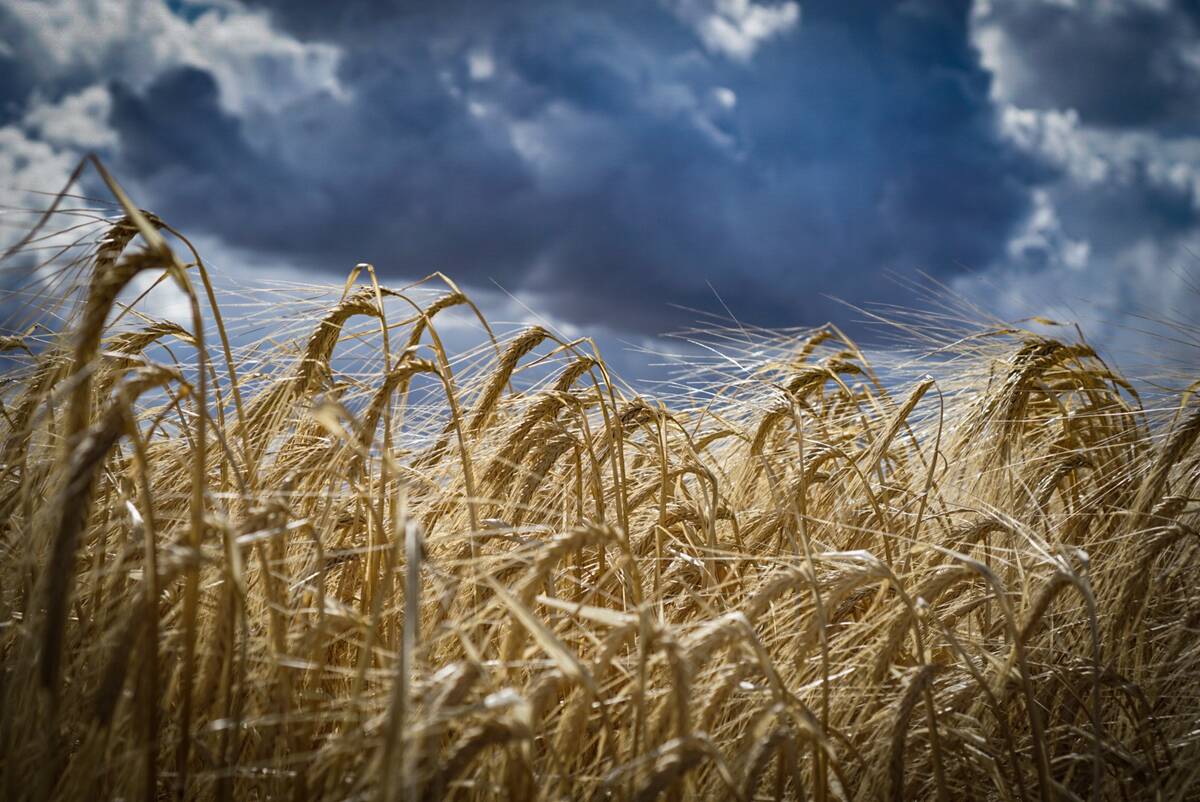Canola growers can expect a low to moderate risk from cabbage seedpod weevils this year.
Hector Carcamo, research scientist at Agriculture Canada’s Lethbridge Research Centre, said the projection is based on studies monitoring the insects in tree shelterbelts and weedy margins of fields where they have spent the winter.
The bugs thrive in moist conditions and generally pose a greater problem in irrigated areas like southern Alberta, he said.
A clearer picture of how farmers will fare with the weevils this year will emerge as canola crops begin to bloom.
Read Also

Malting barley exporters target Mexican market
Canada’s barley sector is setting its sights on the Mexican market to help mop up some of the lost demand from China
That’s when the weevils move from their spring hosts like wild mustard, volunteer canola, flixweed and stinkweed into planted canola fields.
Doug Moisey, agronomist with the Canola Council of Canada, said weevils have moved from Alberta into the Saskatchewan parklands but are not expected to cause major problems there.
“The potential risks are down the road,” he said.
Moisey said farmers should learn what the insects look like and when to look for them.
Adults are ash-grey, three to four millimetres long, with a prominent curved snout.
He advised checking crops at the flowering stage and taking samples of insects to entomologists for identification.
Weevil populations are greatest in canola crops at the 10 percent bloom stage, he said.
Carcamo said the best control strategy in areas with high weevil populations is to make trap strips around canola fields, either by planting an early maturing variety in the strip or planting the strip earlier than the rest of the field.
The weevils will be attracted to the strip and when it is at the prime 10-20 percent bloom stage it can be sprayed.
Matador and Decis EC insecticides have been recently registered for cabbage seedpod weevil control.
He also recommended planting canola at the same time as neighbours to ensure crops flower at the same time and control measures can be co-ordinated.
For natural control, studies using parasitic wasps that feed on weevils are showing promise, but Carcamo said there are not enough wasps yet to provide effective control.














